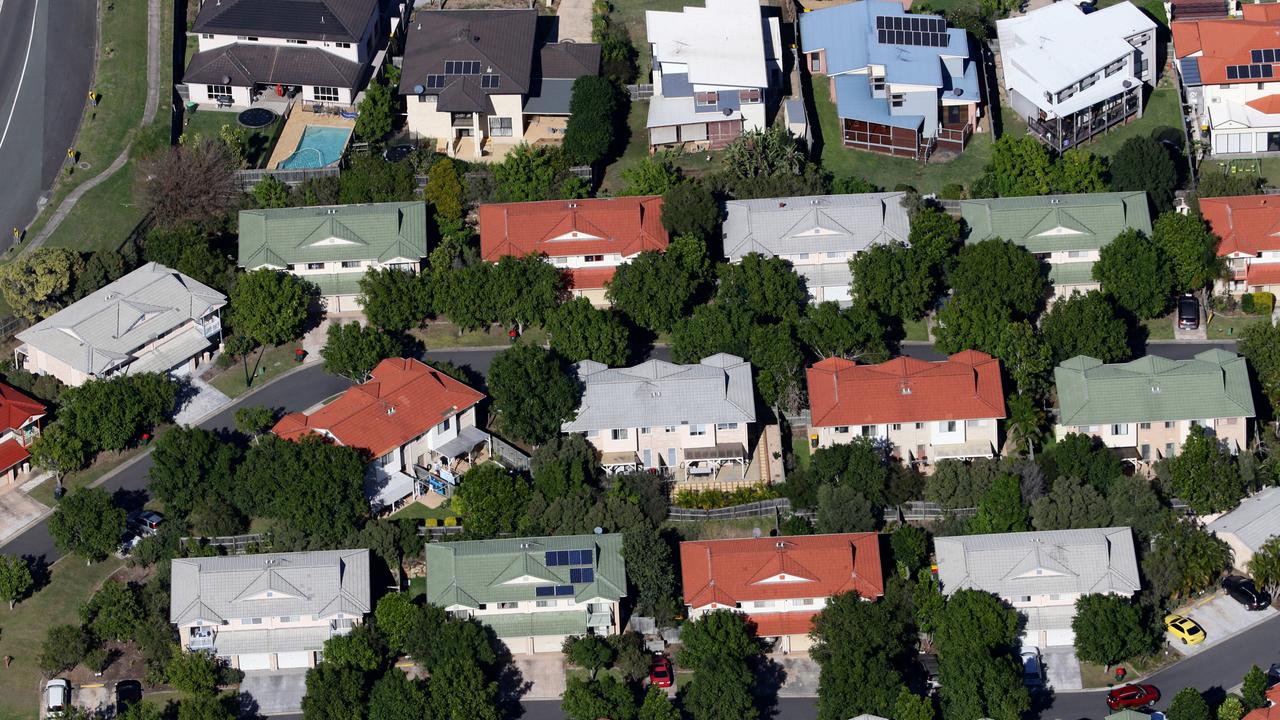Home prices fall for 9th month as rate rise pain continues
Home prices across the country have fallen for a ninth straight month with the shock of eight rate rises taking a toll in 2022.
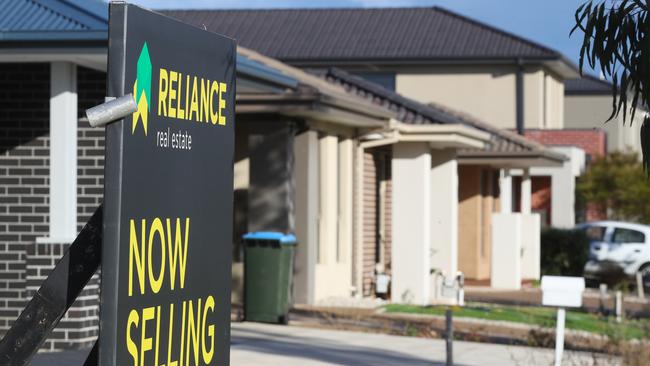
Property
Don't miss out on the headlines from Property. Followed categories will be added to My News.
HOME prices across the country have fallen for a ninth straight month with the shock of eight interest rate rises taking a toll on borrowers in 2022, a new report reveals.
The latest PropTrack Home Price Index, released Tuesday, found home values slipped another 0.21 per cent in December to end the year 2.3 per cent lower than they were 12 months ago.
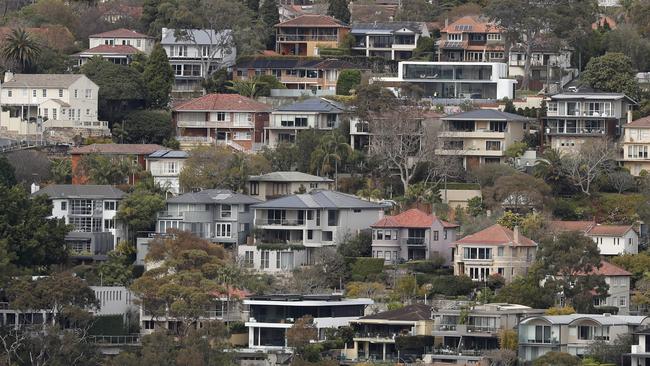
Despite the falls, prices nationally are still 29 per cent higher than their pre-pandemic levels.
The report found all capital cities, aside from Darwin and Hobart, recording a drop in values in December, with the largest monthly declines seen in Canberra (-0.43 per cent) and Melbourne (-0.34 per cent).
PropTrack economist and report author Anne Flaherty said rising interest rates were the primary driver of price declines in 2022.

“Interest rates increased for the eighth consecutive month in December, with the borrowing
power of the average buyer now slashed by around 25 per cent,” Ms Flaherty said.
Adelaide home prices experienced their first monthly drop since the pandemic — down 0.18 per cent.
“Adelaide had really bucked the trend until the end of last year, and the main reason for that was affordability,” Ms Flaherty said.
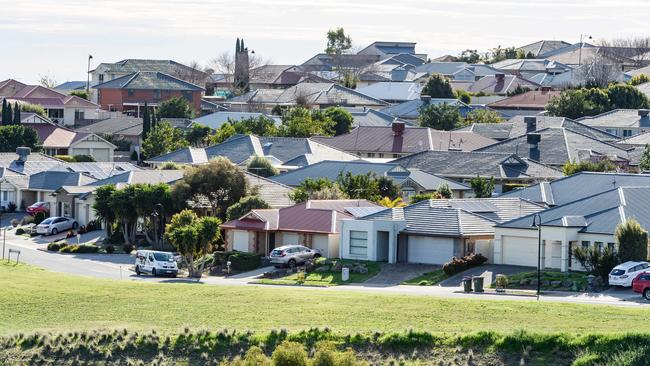
“Adelaide property prices have been significantly lower than the other capital cities. Savings increased during the pandemic and that’s helped as a buffer, but now rate rises are starting to flow through.”
Ms Flaherty said more the affordable capitals of Hobart and Brisbane had also shown more resilience to price declines, with demand for real estate supported by high levels of interstate migration.
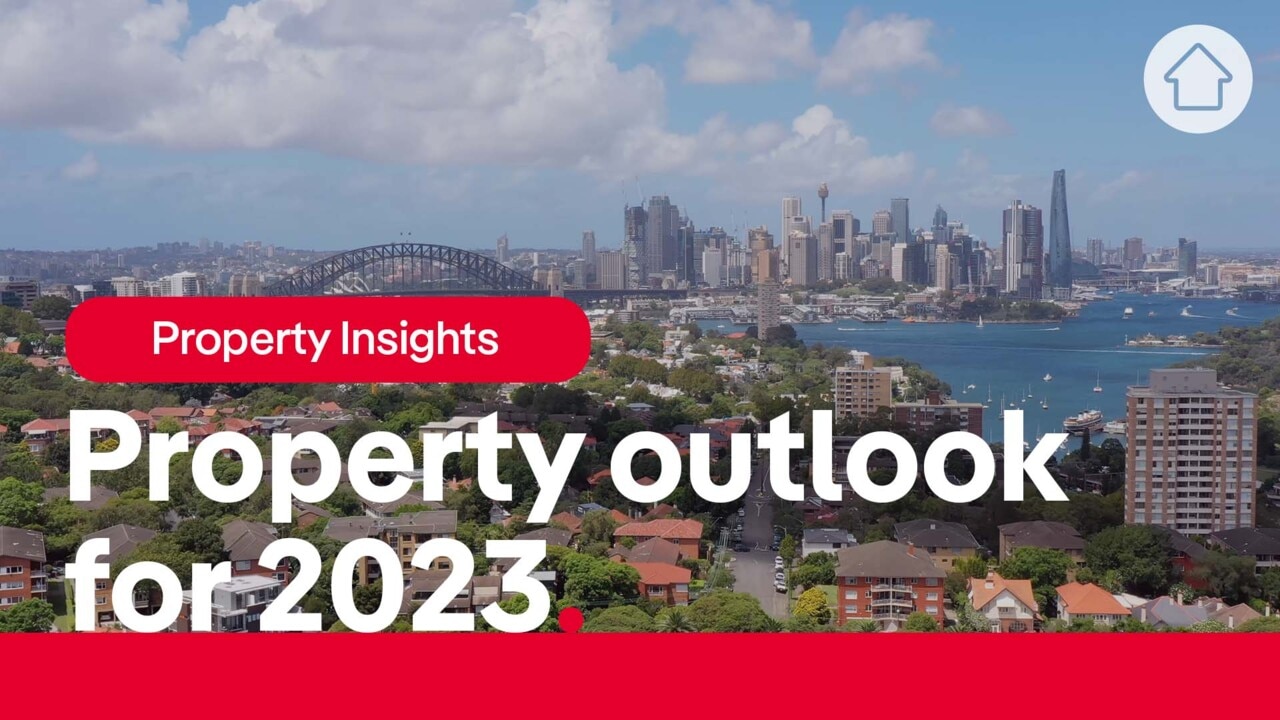
“Nationwide, the trend we’re seeing is the more expensive the suburb or property type, the more interest rates are having an impact, which makes sense because you’re having to borrow more to buy,” she said.
“The relative impact of rates is higher in those areas that saw rapid price growth during the pandemic.”
Looking ahead, Ms Flaherty is more positive about the outlook for 2023.
“I think 2023 — fingers crossed — will be less of a shock (than 2021),” she said.
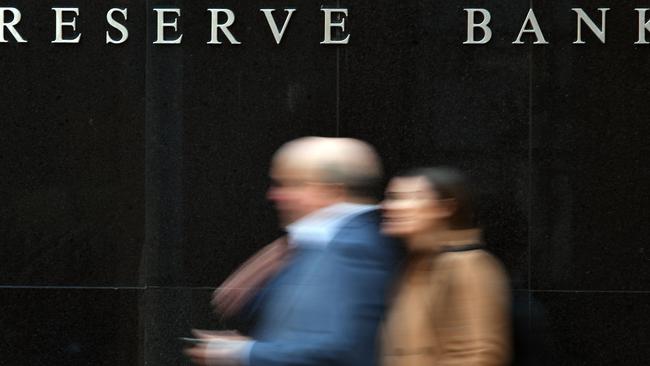
“I think those first rate rises were a real shock because they moved rapidly upwards. Inflation was at recessionary levels, and is still sitting at recessionary levels, but people have more of a sense of where we are.
“Hopefully, some of that uncertainty reduces this year and that will help to spur a bit more activity and confidence in the market.”



